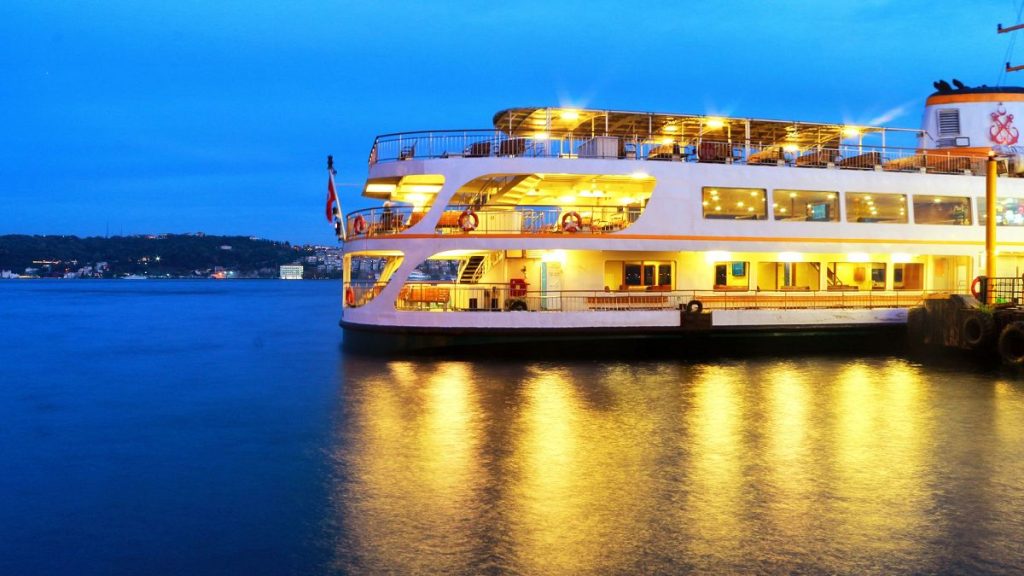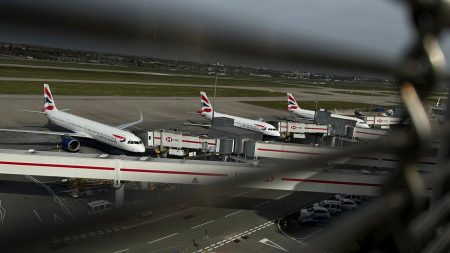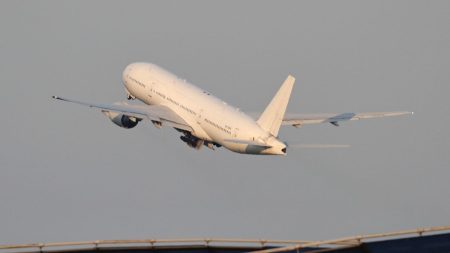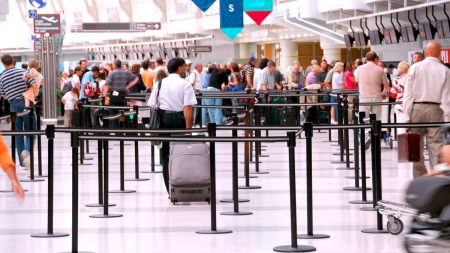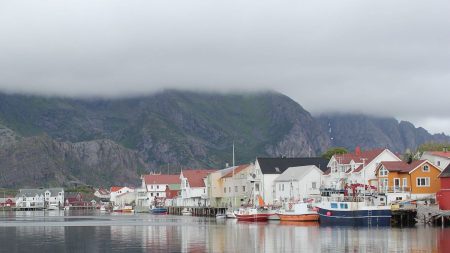Ferry travel in Europe remains a popular choice for vacationers, with projections for 2025 indicating an average round-trip cost of €1,017 for two passengers and a car during peak season. While this figure represents a slight decrease from the 2024 estimate, a closer analysis reveals a rise in the price per mile travelled, likely attributed to inflationary pressures and the inclusion of shorter, less cost-efficient routes in this year’s analysis. Shorter crossings, such as those between Portsmouth and Caen or Portsmouth and Jersey, while cheaper overall, contribute to this increased per-mile cost. Similarly, routes like Barcelona to the Balearic Islands, while convenient, represent a higher cost per mile compared to longer journeys. This trend highlights the importance of considering both the overall price and the price per mile when evaluating ferry travel options.
The most extravagant ferry journey in Europe remains the route between Hirtshals, Denmark, and Seyðisfjörður, Iceland. This 66-hour mini-cruise aboard the M/S Norrona, operated by Smyril Line, offers a unique experience, including stops in the Shetland Islands and the Faroe Islands. Boasting amenities like cinemas, a play area, a gym, a swimming pool, hot tubs, a football pitch, and diverse dining options, the Norrona provides a comprehensive onboard experience. Although priced at €2,222 for a round trip with a cabin and car for two passengers during high season, this journey offers good value when considering the duration and amenities, costing under €17 per person per hour or €0.73 per kilometer. Notably, the price for this route has decreased by nearly 20% compared to 2024, representing significant savings for travelers.
For travelers seeking the most cost-effective options, the Barcelona to Rome route offers exceptional value at just €0.44 per kilometer for a round trip with a car for two passengers. Other budget-friendly routes include the 40-hour journey from Sète, France, to Nador, Morocco, the Travemünde, Germany, to Helsinki, Finland, route, and the Bilbao, Spain, to Rosslare, Ireland, crossing. These longer journeys, often requiring one or two nights onboard, demonstrate a general trend: longer ferry crossings tend to offer lower per-mile costs, providing travelers with substantial savings. This principle also applies to crossings from Ireland and the UK to Spain, which boast competitive per-mile rates, further reinforcing the value of longer ferry journeys.
Conversely, some routes present less favorable value propositions. The Barcelona to Palma de Mallorca route, a popular but short crossing, stands out as the most expensive per kilometer, costing €1.89 per person per kilometer. Similarly, the Barcelona to Ibiza route and the brief Rostock, Germany, to Trelleborg, Sweden, hop also fall into the higher price-per-kilometer category. These shorter routes, while convenient, demonstrate that distance significantly impacts the overall value of a ferry journey.
Analyzing price fluctuations across various routes reveals significant changes from 2024 to 2025. The Almeria, Spain, to Nador, Morocco, route experienced the most substantial price drop, decreasing by 29%. Other routes like Travemünde-Helsinki and IJmuiden, Netherlands-Newcastle, UK, also saw price reductions of around 20%. The Hirtshals-Seyðisfjörður and Bilbao-Rosslare routes also became more affordable, with price drops of approximately 15%. These reductions provide attractive options for travelers seeking cost-effective ferry travel.
However, certain routes witnessed significant price hikes. The Harwich, UK, to Hoek van Holland, Netherlands, route saw a dramatic increase of almost 60%, jumping from under €400 in 2024 to €620 in 2025. The Liverpool, UK, to Belfast, Northern Ireland, route also experienced a substantial price surge. Other routes encountered more moderate increases, around 20%, though the prevalence of dynamic pricing suggests further potential fluctuations. Dynamic pricing, a common practice in the transportation industry, adjusts fares based on demand, meaning prices can escalate as availability decreases. This volatility underscores the importance of booking early, especially for car travel, as limited ferry parking deck space can lead to rapid price increases. Booking before January often yields savings through early bird discounts and promotional offers.




